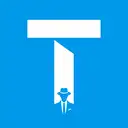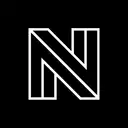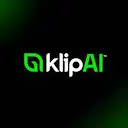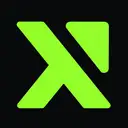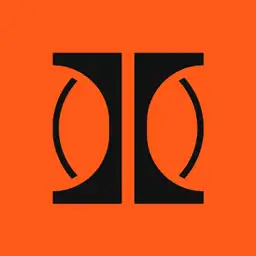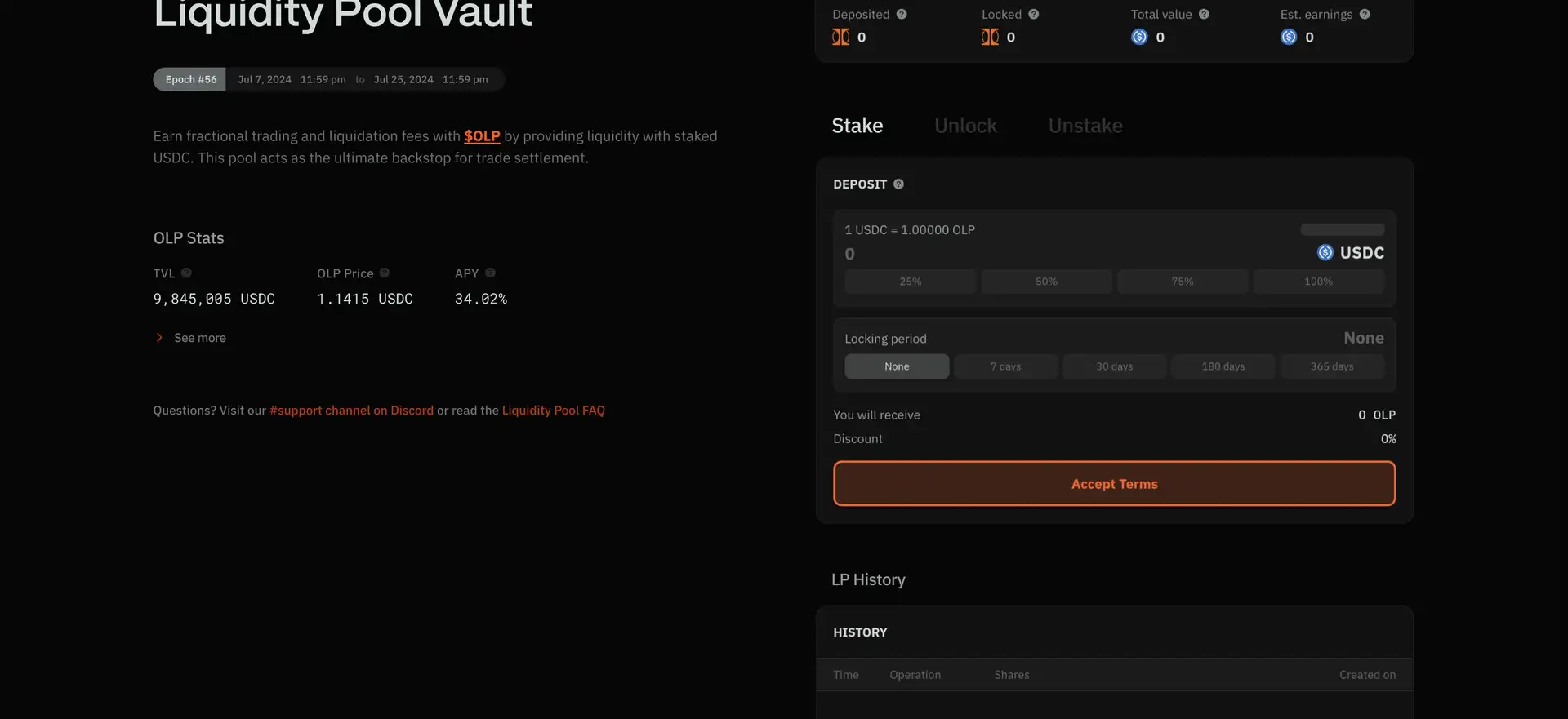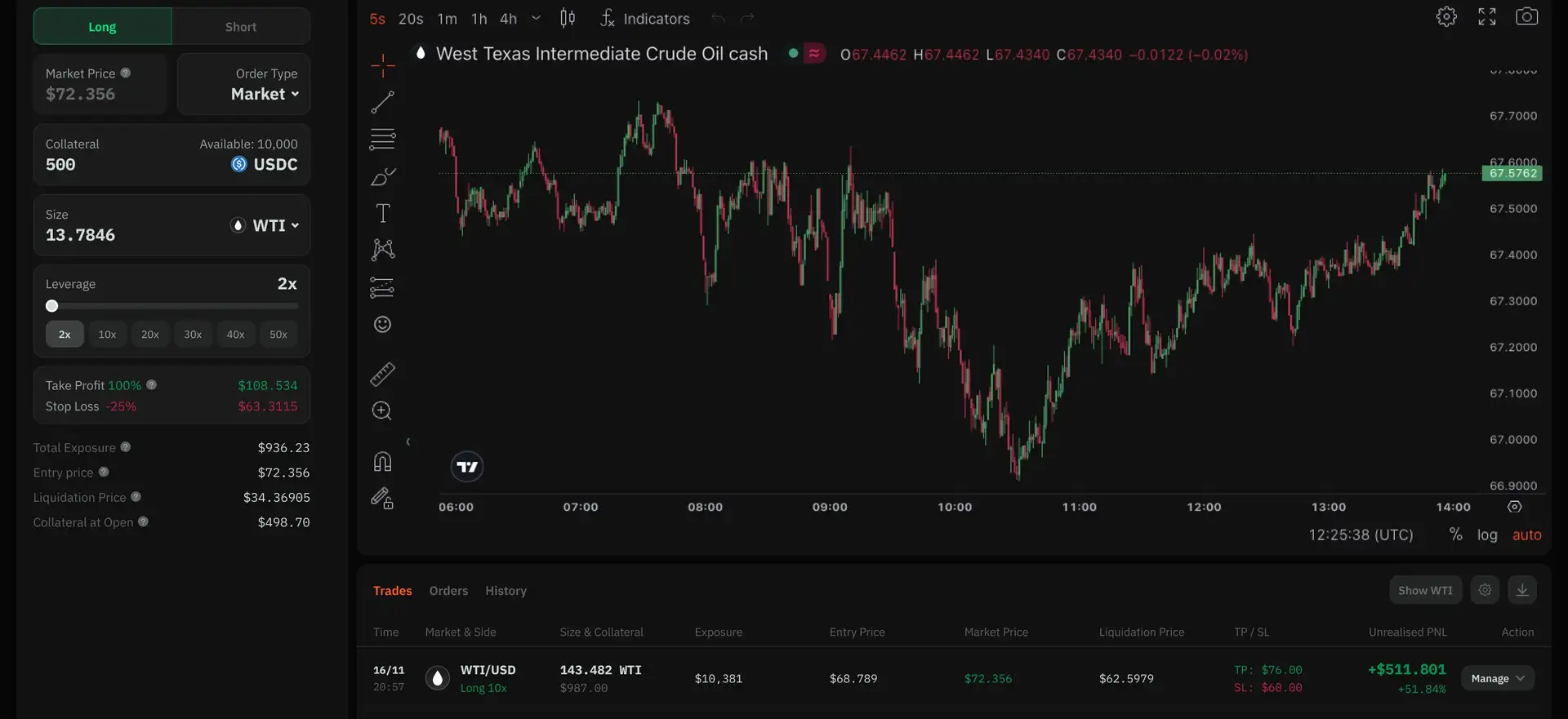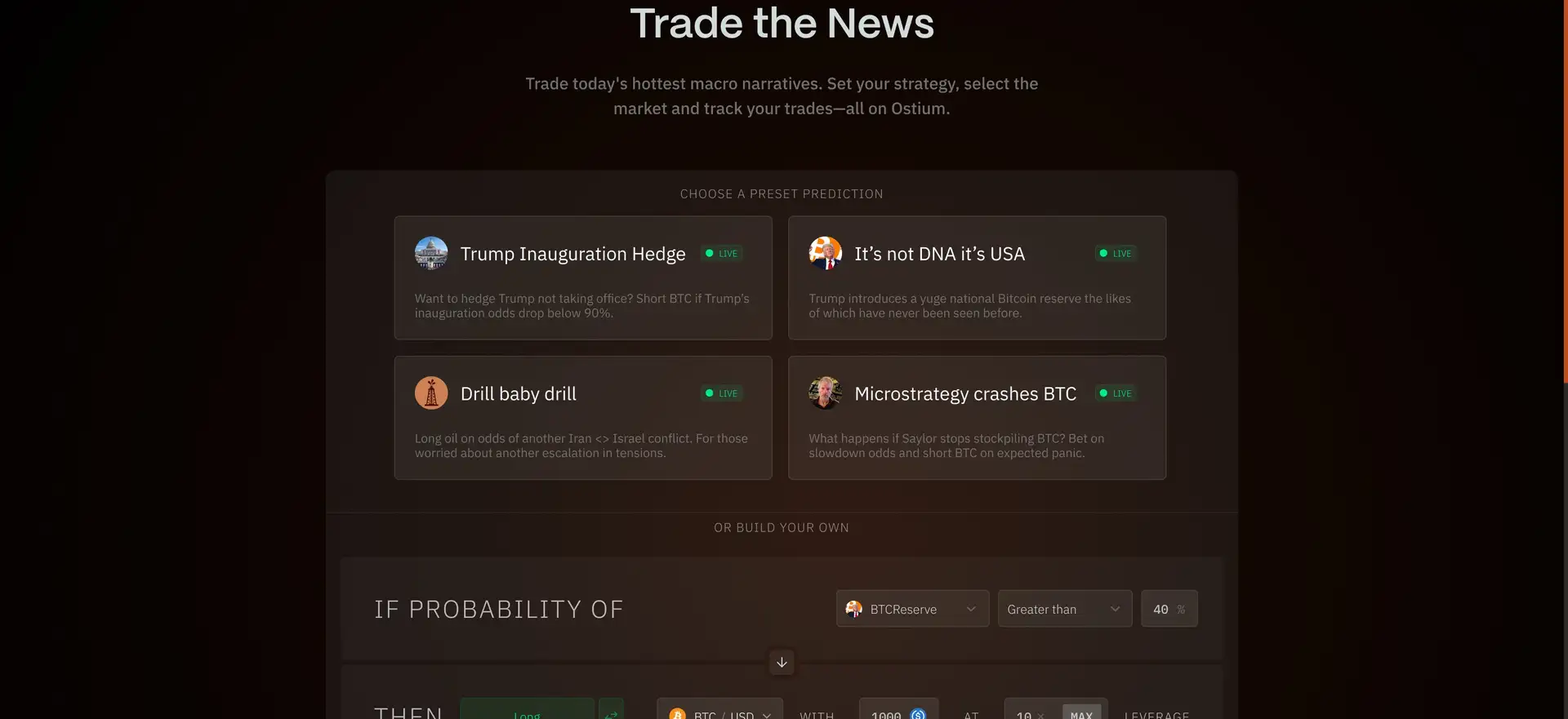About Ostium
The Ostium platform is a blockchain-powered solution that aims to transform how users interact with decentralized applications and data management systems. By leveraging Web3 technologies, Ostium provides an ecosystem that is both secure and user-friendly, bridging the gap between blockchain innovation and real-world application. The platform focuses on addressing critical challenges such as high transaction costs, complex user interfaces, and security vulnerabilities, making it accessible for developers and everyday users alike.
With its mission to enhance accessibility and efficiency in decentralized systems, Ostium empowers users to take control of their digital assets while maintaining transparency and decentralization. Unlike traditional platforms, it prioritizes scalability, offering tools and features that adapt to the needs of businesses, developers, and individuals. The project’s comprehensive approach to blockchain usability makes it a key player in driving mainstream adoption of decentralized technologies.
Ostium is a robust and versatile solution designed to tackle critical issues within the decentralized ecosystem. From its inception, Ostium has aimed to drive the adoption of blockchain technologies by creating tools that simplify complex blockchain processes. The platform caters to a diverse audience, including businesses, developers, and individual users, by providing a feature-rich, user-friendly interface for managing decentralized assets and applications.
Ostium’s journey is marked by consistent innovation. Initially focused on simplifying connections to decentralized applications (dApps), the platform has grown to include a suite of tools that address data privacy, interoperability, and scalability. Some of its significant milestones include the introduction of advanced APIs, developer SDKs, and integrations with leading blockchain networks, which enhance its functionality and user reach. The platform has quickly established itself as a frontrunner in the blockchain space by continually evolving to meet emerging demands.
Ostium’s competitive landscape includes other notable players like MetaMask, Infura, and Alchemy, each offering blockchain integration tools. However, Ostium distinguishes itself with its focus on multi-chain compatibility, data security, and cost-efficiency. For example, while MetaMask primarily serves as a wallet solution, Ostium integrates wallet functionality with robust developer tools and cross-chain interaction capabilities, offering a more holistic experience.
Another key differentiator of Ostium is its seamless support for multi-blockchain ecosystems. Users can interact with various blockchains without needing to switch tools, reducing operational complexity and enhancing productivity. This approach is particularly beneficial for developers building applications that need to operate across different blockchain networks. Ostium’s emphasis on usability and innovation makes it a standout solution for navigating the decentralized ecosystem. For more details, explore the official Ostium website.
Ostium offers a wide range of benefits and features that make it a comprehensive solution for blockchain enthusiasts and developers alike. Below are some of the key highlights:
- Ease of Use: Ostium features an intuitive interface designed for both beginners and advanced users, eliminating the steep learning curve often associated with blockchain tools.
- Multi-Chain Compatibility: The platform supports interactions across multiple blockchains, enabling users to manage assets and applications seamlessly without switching platforms.
- Enhanced Security: Ostium employs cutting-edge encryption and security protocols to ensure user data and assets remain safe from vulnerabilities and attacks.
- Developer Support: Extensive APIs and SDKs make Ostium a developer-friendly platform, providing the tools necessary to build and scale dApps efficiently.
- Cost-Effective Solutions: By optimizing transaction processes and leveraging efficient protocols, Ostium reduces costs for users and businesses operating on blockchain.
- Data Privacy: Ostium prioritizes data privacy, offering tools that allow users to maintain control over their personal information while interacting with decentralized applications.
- Comprehensive Documentation: The platform provides detailed guides and tutorials to assist users and developers in making the most of its features.
Getting started with Ostium is straightforward and user-friendly, ensuring that both beginners and experienced blockchain users can easily integrate the platform into their workflows. Follow the steps below to begin using Ostium effectively:
- Visit the Official Website: Navigate to the Ostium official website. This is the central hub for accessing all platform features, tools, and resources.
- Sign Up for an Account: Click the "Sign Up" button on the homepage. You will need to provide your email address and create a secure password. Ensure your password meets the platform's security recommendations for optimal protection.
- Email Verification: After signing up, check your email inbox for a confirmation link. Click the link to verify your account and activate access to Ostium.
- Explore the Dashboard: Log in to your account and explore the intuitive dashboard. Here, you can manage your blockchain assets, interact with decentralized applications, and access tools for developers.
- Set Up Your Wallet: For general users, integrate your wallet with Ostium. This will enable you to manage assets securely and interact with the platform’s features. If you do not have a wallet, the platform provides a step-by-step guide to help you set one up.
- Access Developer Tools: For developers, navigate to the "Developer Tools" section on the website. Here, you can access APIs, SDKs, and detailed documentation for building and scaling your decentralized applications using Ostium's infrastructure.
- Learn with Tutorials: Visit the "Tutorials" section on the website to learn more about advanced features, such as multi-chain compatibility and data privacy management. The tutorials are designed to guide users of all skill levels.
- 24/7 Support: If you encounter any challenges, Ostium offers round-the-clock support through live chat and email. Check the "Help Center" for answers to frequently asked questions.
Ostium Reviews by Real Users
Ostium FAQ
At Ostium, data and asset security are top priorities. The platform employs advanced encryption techniques, such as AES-256 and secure key storage, to safeguard sensitive information. Additionally, Ostium implements multi-factor authentication (MFA) for account access and uses distributed ledger technology to ensure data integrity. All transactions on the platform are validated through tamper-proof mechanisms, providing an extra layer of protection against unauthorized activities.
Yes, the Ostium platform is designed to support seamless multi-chain interactions. This means users can manage assets and interact with decentralized applications across different blockchain networks without needing to switch tools or platforms. Ostium ensures compatibility with leading blockchains, enabling smooth, efficient operations for both developers and everyday users.
Ostium provides an extensive suite of tools to support developers in creating and scaling decentralized applications (dApps). These include easy-to-use APIs, SDKs, and comprehensive documentation to integrate blockchain functionality seamlessly. The platform also offers testing environments and multi-chain compatibility to streamline the development process. Developers can access these tools in the “Developer Tools” section on the Ostium official website.
Yes, Ostium allows users to integrate wallets to manage and secure their blockchain assets. The platform supports leading wallet solutions and offers a straightforward setup process to ensure ease of use. Once integrated, users can manage transactions, view balances, and interact with dApps securely.
Ostium prioritizes user data privacy through the implementation of decentralized data storage solutions and encrypted communication protocols. By design, the platform ensures that users retain control over their personal information, and no centralized entity can access or misuse it. Users also have the option to customize their privacy settings for enhanced security. Learn more about Ostium’s approach to data privacy by visiting the official Ostium privacy policy page.
You Might Also Like
